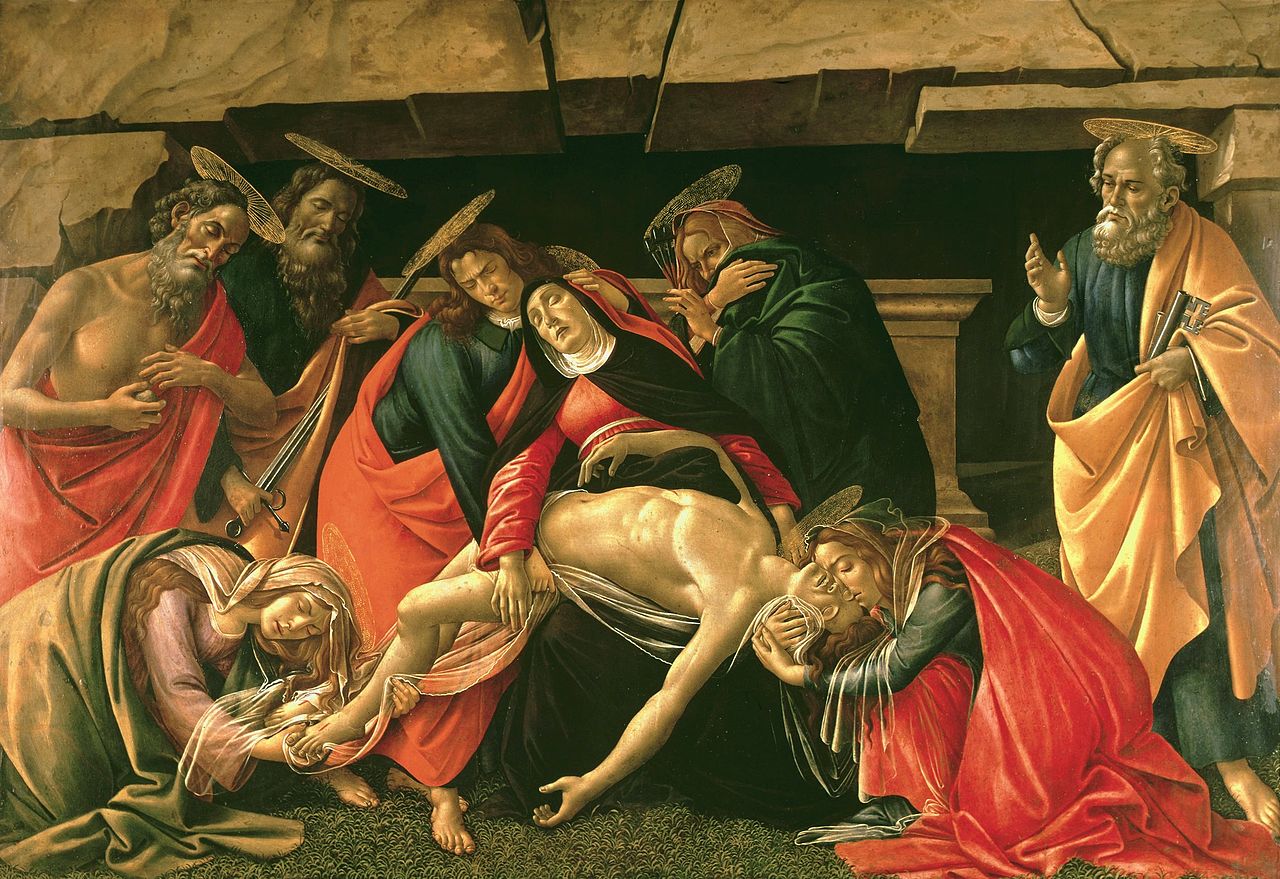
Famous artists such as Leonardo da Vinci, Sandro Botticelli and Rembrandt may have used proteins, egg yolk in particular, in their oil paintings, according to a new study.
Finding protein residue in Renaissance paintings is not new, although it has often been thought that these traces are related to pollution.
However, according to a new study published in the journal “Natural communications”the great artists of the 16th, 17th, and 18th centuries deliberately mixed squirrels with their paints.
“There are very few written sources on this topic, almost no scientific research has been carried out. Our own research shows that even a very small amount of egg yolk can completely change the properties of the paint,” said study author Ophelie Ranke from the Karlsruhe Institute of Technology.
Tempera or oil paint?
Before we proceed to the study, we need to do a little historical review. Initially, the tempera technique developed by the ancient Egyptians was used for painting, in which egg yolk was combined with powdered pigments and water. Then, in the 7th century, a new type of paint appeared in Central Asia – oil paint, which was then transferred to Northern Europe in the Middle Ages and to Italy during the Renaissance.
Oil paints create more intense colors, change color more easily, and dry more slowly (so they can be used a few days after being prepared). However, oil paints that use linseed or safflower oil instead of water also have their drawbacks: the paint darkens and deteriorates more easily when exposed to light.
Perhaps the great Renaissance artists used the “old secret” of egg yolk in their oil paints.
In the aforementioned study, scientists mixed four ingredients (egg yolk, distilled water, linseed oil, and pigment) to produce two colors: lead white and ultramarine blue.

“The addition of egg yolk has a beneficial effect on the properties of dyes. For example, paint takes longer to oxidize due to the antioxidants in the yolk. Also, the white color is quite susceptible to moisture. But if you add protein to the paint, the color becomes more durable and easy to apply,” says Ranke.
Also in the old days, very expensive materials were used to make some paints, for example, ultramarine blue was made from lapis lazuli. However, with the help of egg yolk, the paint becomes thicker and therefore it is not necessary to add such a large amount of pigment.
Differences in tables
One of the paintings studied by the researchers was Leonardo da Vinci’s Madonna with a Carnation, which is now exhibited in the Old Gallery in Munich.
“The oil paint starts to dry from the surface down, so the painting looks like it has wrinkles,” Ranke notes.
This painting is one of da Vinci’s earliest works and may have been created at a time when the artist was still trying to master the then new technique of oil painting.
Another painting studied was Botticelli’s Lamentation over the Dead Christ, also exhibited in Munich. The work was done mainly in tempera, but oil paint was also used for the background and some minor elements.

“We knew that some parts of the painting had touches that are characteristic of what we call oil painting. However, we found the presence of proteins. Since this is a very small amount and difficult to detect, it can be considered contamination. In the workshops, the artists experimented with different things, and maybe the eggs were just tempera,” the scientist explains.
However, researchers believe that the egg yolk was intentionally used in the paintings because of its beneficial properties.
News today
Subscribe to kathimerini.gr on Google News and be the first to know all the news
See all the latest news from Greece and the world at kathimerini.gr
Source: Kathimerini
Ashley Bailey is a talented author and journalist known for her writing on trending topics. Currently working at 247 news reel, she brings readers fresh perspectives on current issues. With her well-researched and thought-provoking articles, she captures the zeitgeist and stays ahead of the latest trends. Ashley’s writing is a must-read for anyone interested in staying up-to-date with the latest developments.